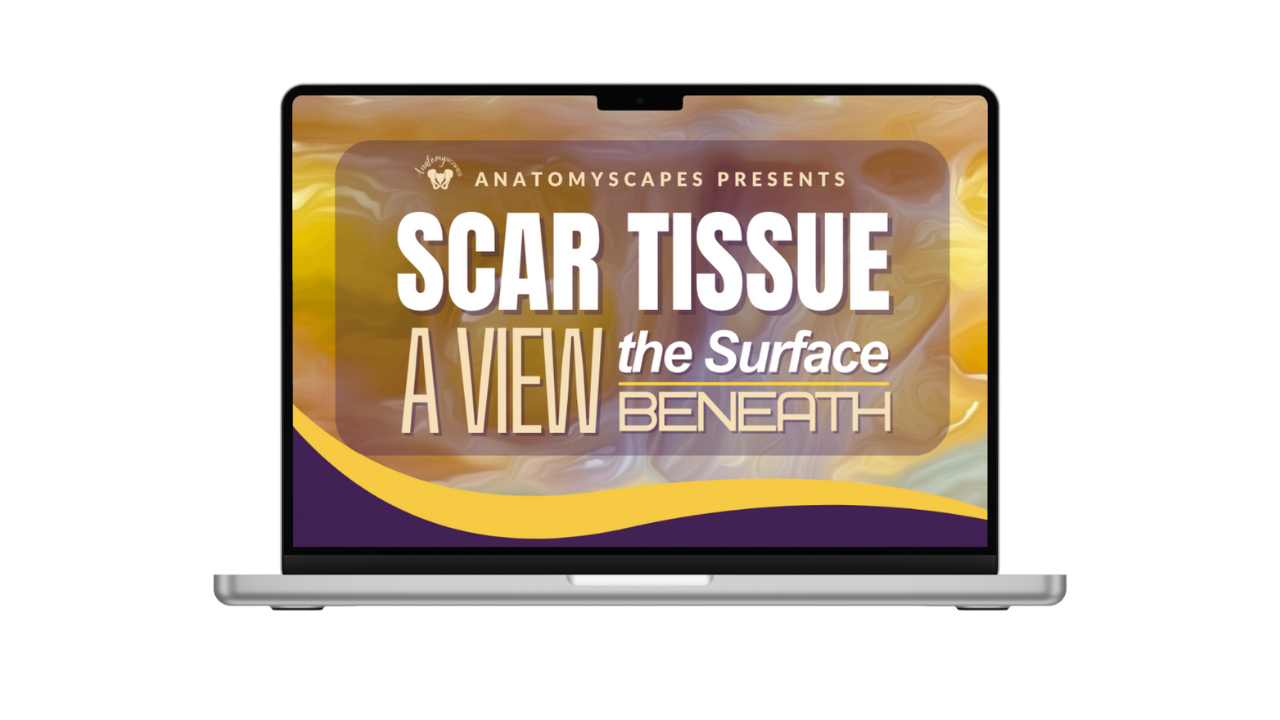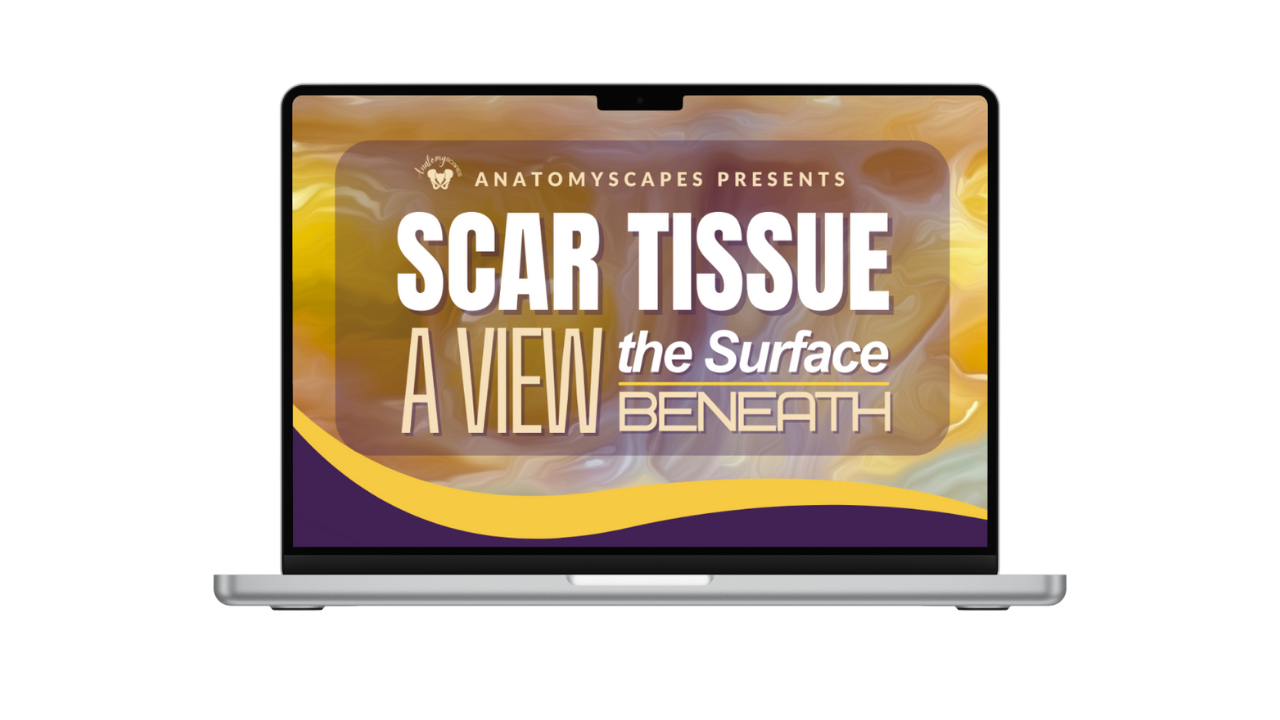
Retinacula: Finding Your Footing
Feb 27, 2024Compressing, shearing, and tractioning soft tissues like skin, adipose, and muscle are a big part of our massage sessions, but other parts of our anatomy can benefit from therapeutic touch as well, including the sinewy, boney areas like the wrists and ankles. Keeping these areas healthy may have even further reaching effects than previously thought. Though lacking in squishability, they contain the retinacula, well-known anatomical structures with some lesser-known jobs which are emerging in research. Known for supporting healthy tendon movement, the retinacula have recently been discovered to also aid in proprioception through tensional neurofeedback.
FINDING YOUR RETINACULA
Before we jump into our discussion, let’s start by finding some of your ankle and wrist retinacula.
Wrist. Circle the fingers of one hand around the opposite wrist, directly at the base of the hand. This encircling bracelet mimics the two retinacula of the wrist. On the palmar side, the flexor retinaculum creates the roof of the carpal tunnel. On the dorsal side, the extensor retinaculum covers the tendons from the radius to the ulna.
Ankle. Wrapping your hand around the front of your ankle, wiggle your toes and move through dorsiflexion and plantarflexion. Note the many tendons passing through this area. The superior and inferior extensor retinacula span over these tendons.
NOT AS SEPARATE AS WE THOUGHT
Flip through your anatomy books and you will find retinacula drawn as white bands that wrap around the wrists and ankles, hugging the tendons like bracelets and sandal straps. Also found in other joint regions like the knee and elbow, retinacula are typically drawn as separate and distinct structures. It’s important to remember, however, the strappy, white bands in our books are always the creation of the anatomist’s scalpel and the artist’s pen. And they have been cut and drawn the same way for a really long time.
Recently, fascia researchers headed to the dissection lab to take a look at retinacula with fresh eyes. Upon careful examination, the retinacula did not appear as they are drawn in the books. Instead of distinct structures, they saw thickenings within the continuous deep fascia layer that envelops the entire limb (Abu-Hijleh & Harris 2007). Further study revealed retinacula contain extremely high concentrations of hyaluronan (HA), the gel-like, watery substance that allows the tissues to glide (Fede 2018).
We see these same deep fascia/retinacula continuities when we dissect them in our AnatomySCAPES labs and workshops. At the lower leg and forearm near the ankles and wrists, we first carefully reflect the skin and adipose to reveal the smooth, semi translucent surface of the enveloping deep fascia of the limbs (crural fascia on the lower leg and antebrachial fascia on the forearm). Looking through the deep fascia we can see the tendons that slide and glide underneath, looking like highways of silvery collagen ribbons traveling across the joints. The fascial bag is shear and fairly easy to see through, but as it approaches the joint, it becomes thicker and denser. Made of collagen fibers, these areas of reinforcements are the retinacula.
FUNCTIONAL IMPLICATIONS
One of the biggest findings in fascia research from the past two decades is that deep fascia is richly innervated with sensory nerves. Specialized mechanoreceptors allow it to feel and sense tension, compression and other physical stimuli. The presence of these nerve endings indicates that fascia is involved in nociception, motor coordination, and proprioception. Every stretch or movement pulls on the fascial fabric which translates information to the brain. Discovering the retinacula to be completely continuous with the deep fascia sheds new light on their possible function. Previously, retinacula’s supportive role was thought to be primarily structural, keeping the tendons in place. Viewing retinacula as a continuous part of the deep fascia presents the possibility of it being supportive in a totally different way, through sensory perception. Based on location, they certainly are positioned to receive a lot of information from the joints. Could they play a role in proprioception? Researchers pulled out the microscopes to analyze retinacula up close.
SENSORY, NOT JUST STRUCTURAL
Zooming in, fascia researcher Carla Stecco and her team explored retinacula’s microanatomy. If the retinacula are involved in proprioception, nerves must be present. What they found was game changing: Not only are retinacula innervated, but they are the most innervated deep fascia (Stecco 2007). In addition, they found that retinacula have high concentrations of encapsulated nerve endings, like Ruffini’s and Pacini’s corpuscles, specialized structures which amplify the nerve’s ability to detect particular stimuli. Based on their research, they concluded the retinacula are not “merely passive elements of stabilization, but a sort of specialization of the fascia to better perceive the movements of the foot and ankle as proprioceptive organs.” (Stecco 2010 p. 208)
WHAT HAPPENS WHEN IT GETS INJURED?
With the updated knowledge of retinacula’s innervation and role in proprioception, researchers took a new look to find out how they could be involved in ankle injuries. Ankle sprains are one of the most common lower limb injuries, accounting for 10-15% of all sports injuries (Hubbard-Turner 2019). Ankle sprains often lead to more ankle sprains, chronic ankle instability, and lowered proprioception which piqued the curiosity of fascia researchers. They examined ankles with a history of sprain but no ligament damage, and found though the ligaments were intact, the retinacula were thicker, had gaps in continuity, and adhesions to the overlying subcutaneous layers (Stecco A. 2011). Because of retinacula’s innervation and role in proprioception, damage and alteration to them helps explain the reduction in joint position awareness, sensory motor coordination, and increased risk for reinjury.
WHY WE CARE
The goal for retinacula therapy is to restore optimal tension and gliding capacity. Massaging the retinacula has the potential to help improve its function because, just like all fascia, retinacula have the capacity to remodel over time and hyaluronan is easily and quickly affected by movement and touch. By helping our clients keep their retinacula healthy, we may be able to improve their movement efficiency, reduce the risk of ankle injuries, and even enhance their balance and stability in everyday life. In practicality this means, it's a good idea to be sure we don’t skip over the ankles and wrists. Even though they're boney, our touch has an impact.
RESOURCES
Abu-Hijleh, Marwan F., and Philip F. Harris. 2007. “Deep Fascia on the Dorsum of the Ankle and Foot: Extensor Retinacula Revisited.” Clinical Anatomy 20 (2): 186–95. https://doi.org/10.1002/ca.20298.
Fede, Caterina, Andrea Angelini, Robert Stern, Veronica Macchi, Andrea Porzionato, Pietro Ruggieri, Raffaele De, and Carla Stecco. 2018. “Quantification of Hyaluronan in Human Fasciae: Variations with Function and Anatomical Site.” Journal of Anatomy 233 (4): 552–56. https://doi.org/10.1111/joa.12866.
Hubbard‐Turner, Tricia. 2019. “Lack of Medical Treatment from a Medical Professional after an Ankle Sprain.” Journal of Athletic Training 54 (6): 671–75. https://doi.org/10.4085/1062-6050-428-17.
Stecco, Antonio, Carla Stecco, Veronica Macchi, Andrea Porzionato, Claudio Ferraro, Stefano Masiero, and Raffaele De. 2011. “RMI Study and Clinical Correlations of Ankle Retinacula Damage and Outcomes of Ankle Sprain.” Surgical and Radiologic Anatomy 33 (10): 881–90. https://doi.org/10.1007/s00276-011-0784-z.
Stecco, Carla. 2014. Functional Atlas of the Human Fascial System. Elsevier Health Sciences.
Stecco, Carla, O. Gagey, A. Belloni, A. Pozzuoli, A. Porzionato, V. Macchi, R. Aldegheri, R. De Caro, and V. Delmas. 2007. “Anatomy of the Deep Fascia of the Upper Limb. Second Part: Study of Innervation.” Morphologie 91 (292): 38–43. https://doi.org/10.1016/j.morpho.2007.05.002.
Stecco, Carla, Veronica Macchi, Andrea Porzionato, Aldo Morra, Anna Parenti, Antonio Stecco, Vincent Delmas, and Raffaele De Caro. 2010. “The Ankle Retinacula: Morphological Evidence of the Proprioceptive Role of the Fascial System.” Cells Tissues Organs 192 (3): 200–210. https://doi.org/10.1159/000290225.


